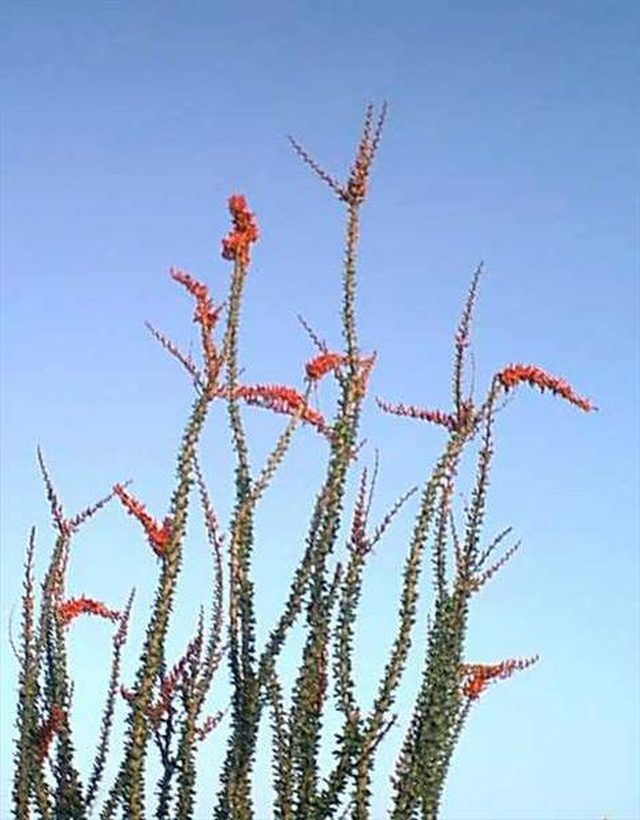Bulbs
Flower Basics
Flower Beds & Specialty Gardens
Flower Garden
Garden Furniture
Garden Gnomes
Garden Seeds
Garden Sheds
Garden Statues
Garden Tools & Supplies
Gardening Basics
Green & Organic
Groundcovers & Vines
Growing Annuals
Growing Basil
Growing Beans
Growing Berries
Growing Blueberries
Growing Cactus
Growing Corn
Growing Cotton
Growing Edibles
Growing Flowers
Growing Garlic
Growing Grapes
Growing Grass
Growing Herbs
Growing Jasmine
Growing Mint
Growing Mushrooms
Orchids
Growing Peanuts
Growing Perennials
Growing Plants
Growing Rosemary
Growing Roses
Growing Strawberries
Growing Sunflowers
Growing Thyme
Growing Tomatoes
Growing Tulips
Growing Vegetables
Herb Basics
Herb Garden
Indoor Growing
Landscaping Basics
Landscaping Patios
Landscaping Plants
Landscaping Shrubs
Landscaping Trees
Landscaping Walks & Pathways
Lawn Basics
Lawn Maintenance
Lawn Mowers
Lawn Ornaments
Lawn Planting
Lawn Tools
Outdoor Growing
Overall Landscape Planning
Pests, Weeds & Problems
Plant Basics
Rock Garden
Rose Garden
Shrubs
Soil
Specialty Gardens
Trees
Vegetable Garden
Yard Maintenance
How to Plant Ocotillo
How to Plant Ocotillo. Ocotillo, a majestic desert shrub, grows in the desert regions of Mexico and Southwestern United States. Its many spiny canes grow from its base, reaching heights up to 25 feet. Tubular flowers grow seasonally at the tips of the ocotillo canes. It is a popular desert landscaping shrub, providing both color and height to the...

Ocotillo, a majestic desert shrub, grows in the desert regions of Mexico and Southwestern United States. Its many spiny canes grow from its base, reaching heights up to 25 feet. Tubular flowers grow seasonally at the tips of the ocotillo canes. It is a popular desert landscaping shrub, providing both color and height to the garden while conserving water. Leaves will sprout on the shrub within a day after rainfall, and the plant will shed the leaves if it needs to conserve moisture during a drought.
Things You'll Need
Bare-root ocotillo
Heavy garden gloves
Shovel
Garden cutters
Wire cutters
Hose
Choose a location in the full sunlight. The soil should have good drainage and should not be an area that puddles after a rainfall or close to plants that receive frequent watering.
Dig a hole for the ocotillo; the size should be in relationship to the size of ocotillo you are planting. After planting, the soil line for an 8-foot-tall ocotillo should be about an inch below the area where the canes all come together. If the ocotillo is more than 10 feet tall, the distance should be about five inches. The bottom of the hole should be sandy, with good drainage.
Locate the south side of the ocotillo. When purchasing an ocotillo for planting, it should be wired together. The south side of the ocotillo will be where the wires are twisted together. When planting, you will position the plant in the same direction as it was growing.
Trim any broken roots. Cut above the broken area, conserving as much of the root as possible. Use a clean garden tool to prevent infection.
Set the ocotillo in the hole. Fill with sandy dirt and carefully pack the dirt in vertically using a clean shovel.
Remove the wires from the plant, using wire cutters if necessary. The branches will spring out, so remove the wires with caution.
Sprinkle the ocotillo canes with water. Do this daily for the first two months after planting (twice a day if it is in the summer months).
Tips & Warnings
Wear heavy garden gloves as ocotillos are spiny and sharp.
Plant a bare-rooted ocotillo immediately for best results.
Never remove the State of Arizona Native Plant tag when transporting the shrub. After planting, remove the tag and retain for proof of ownership.